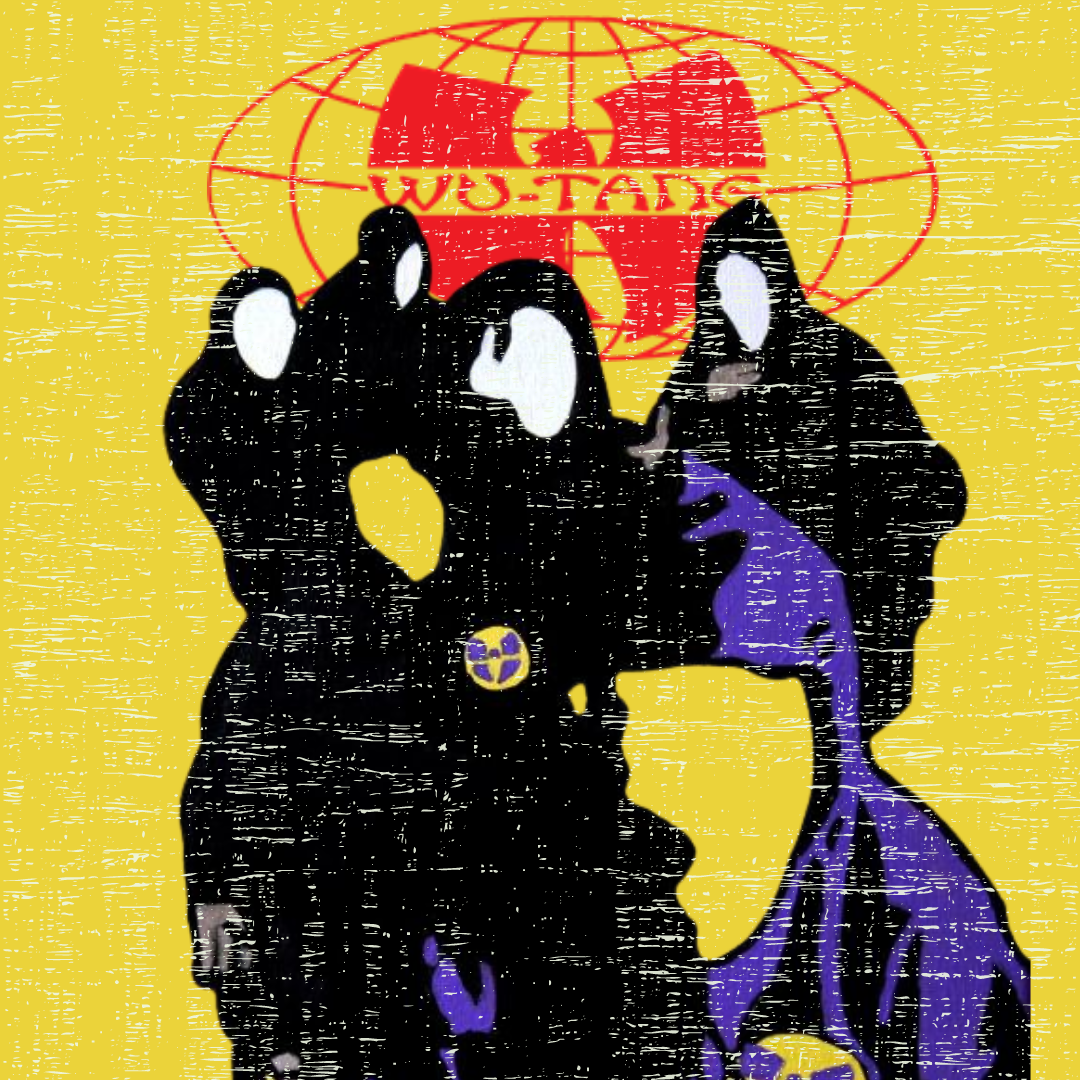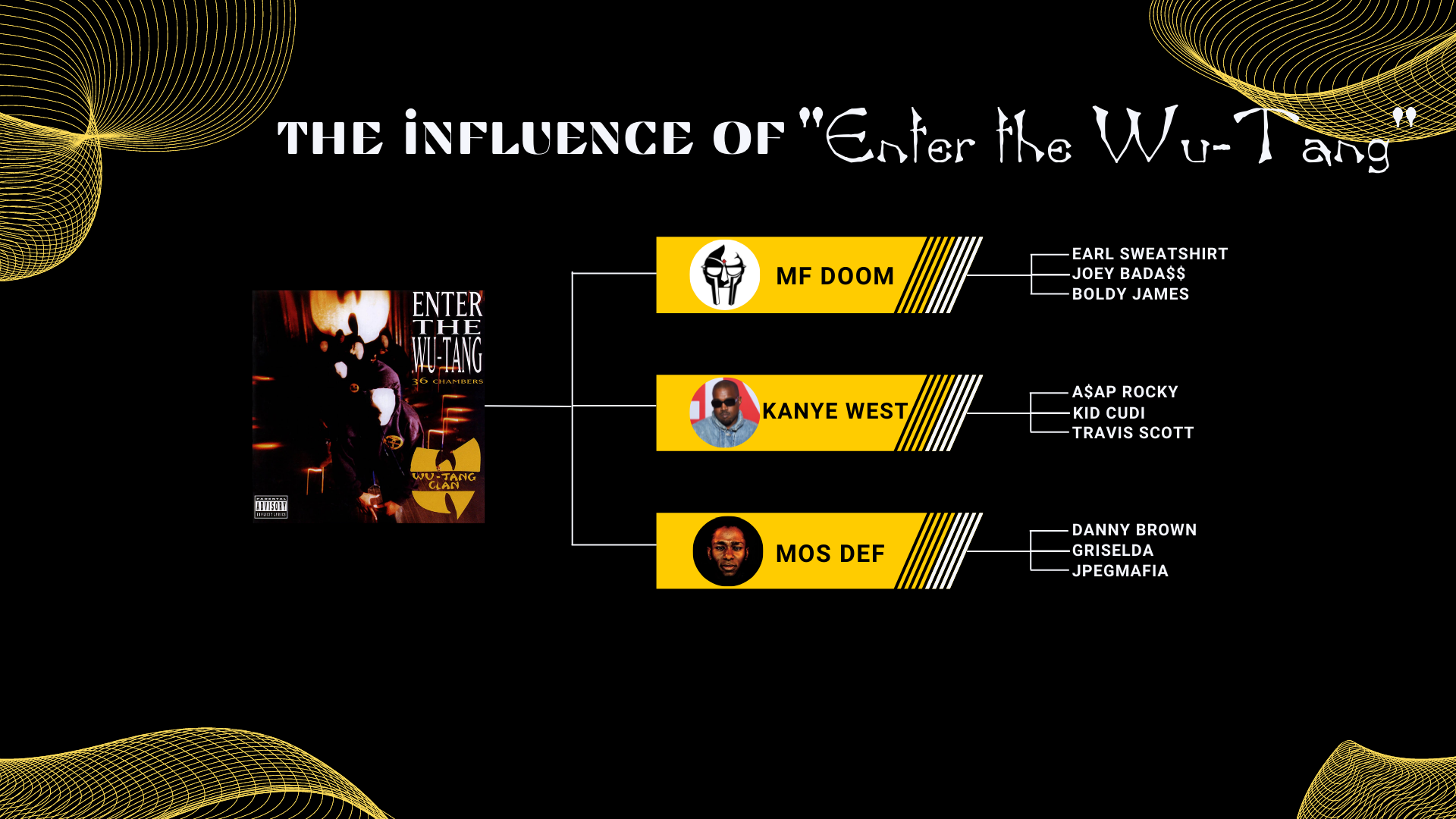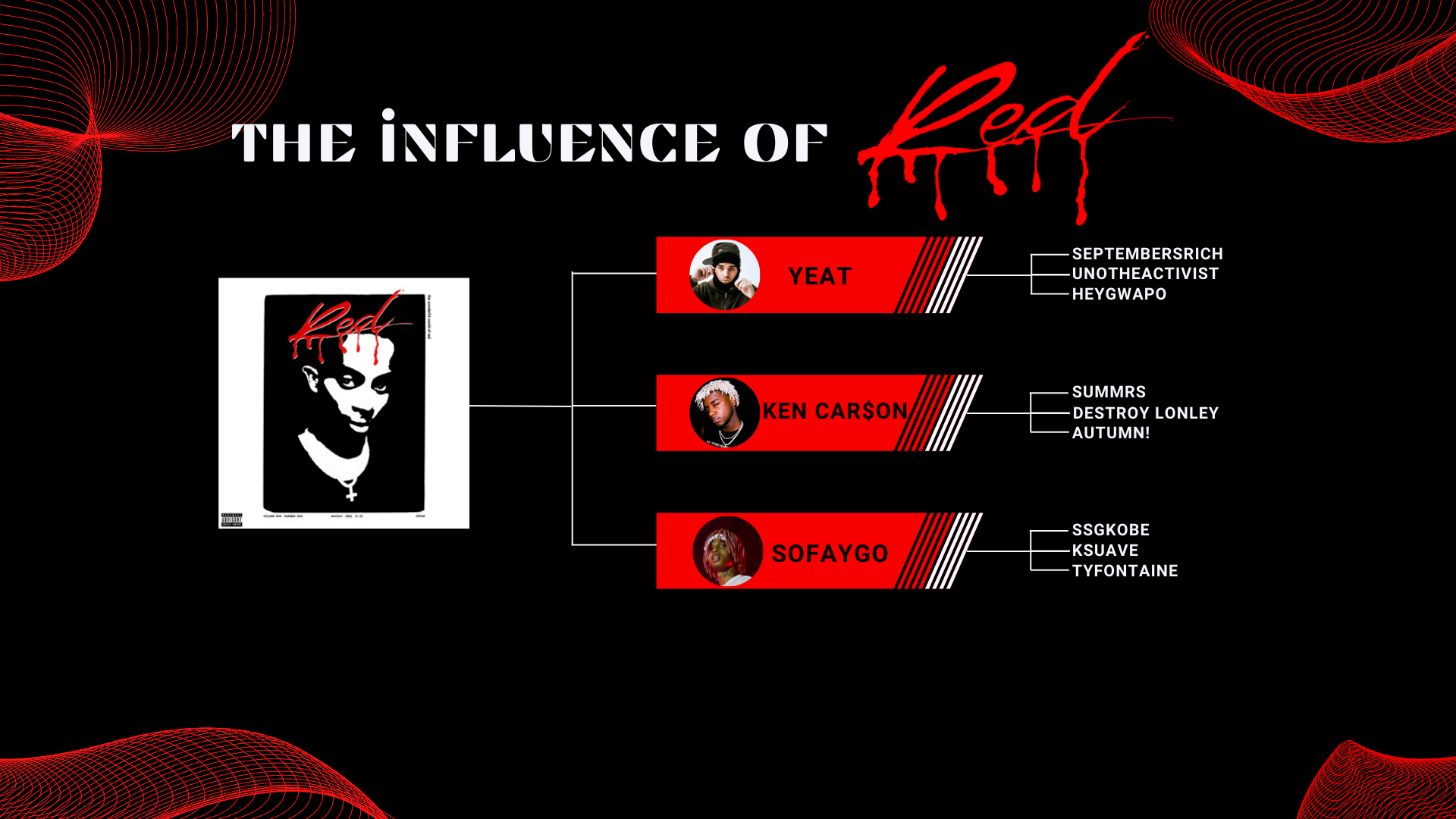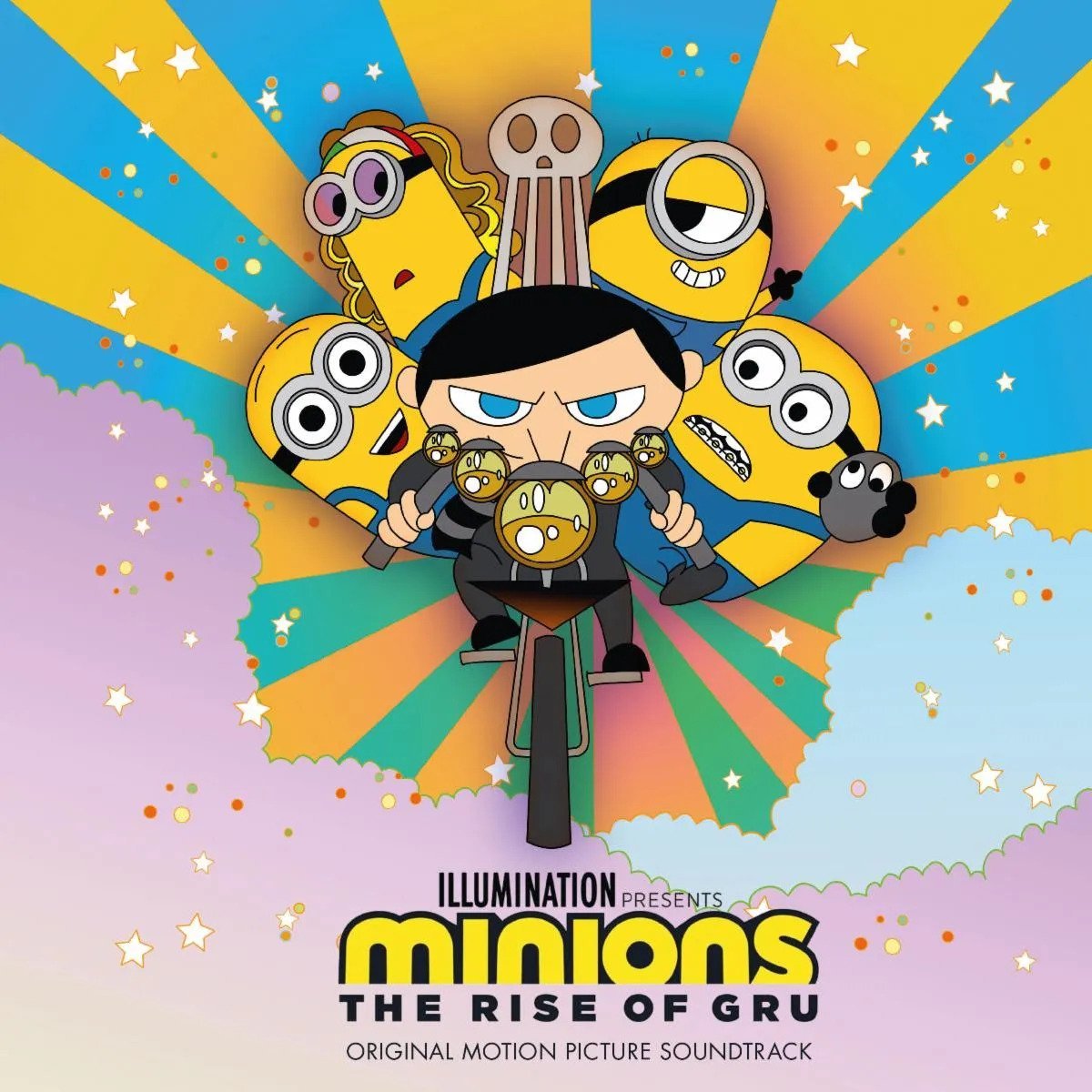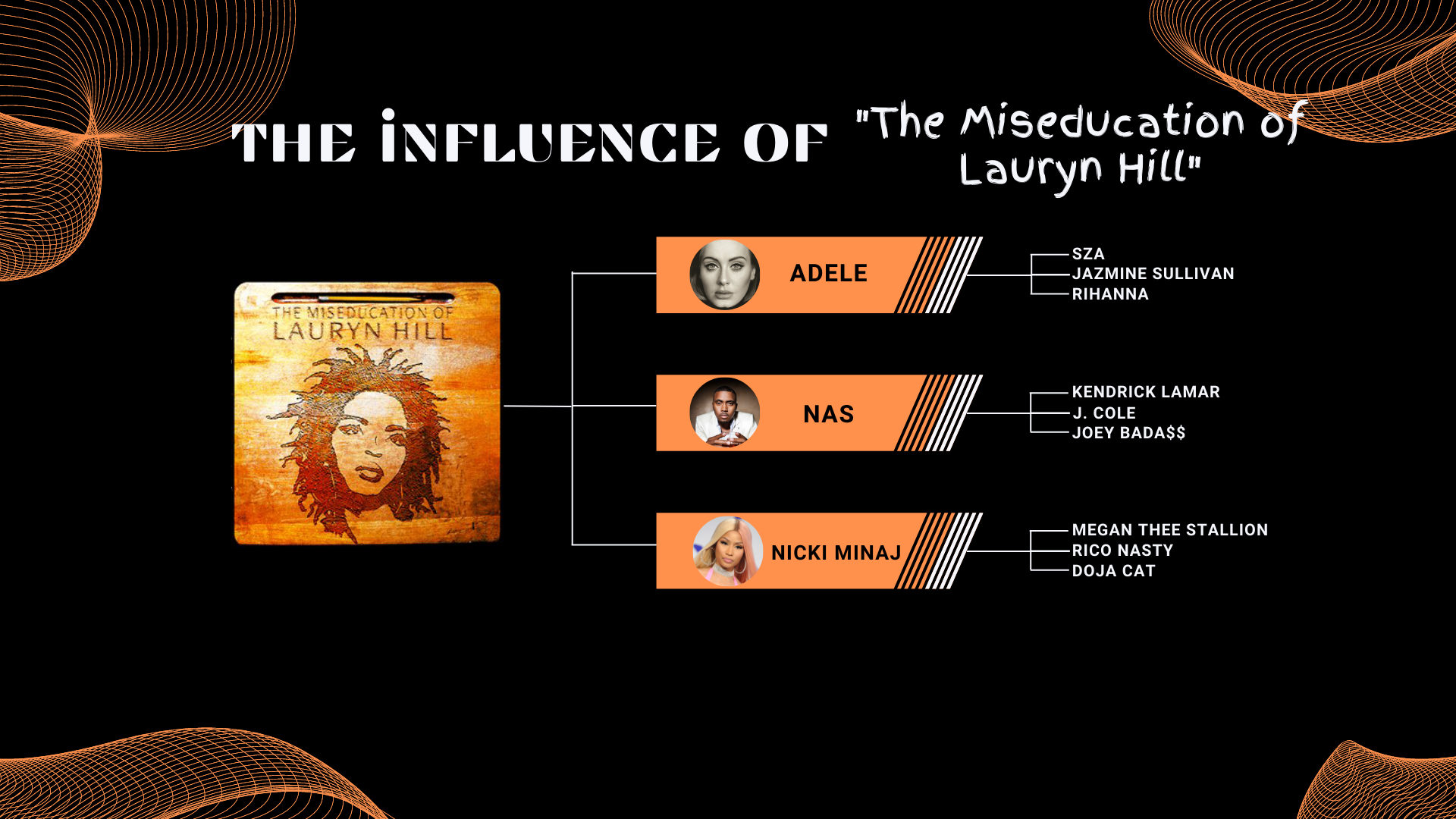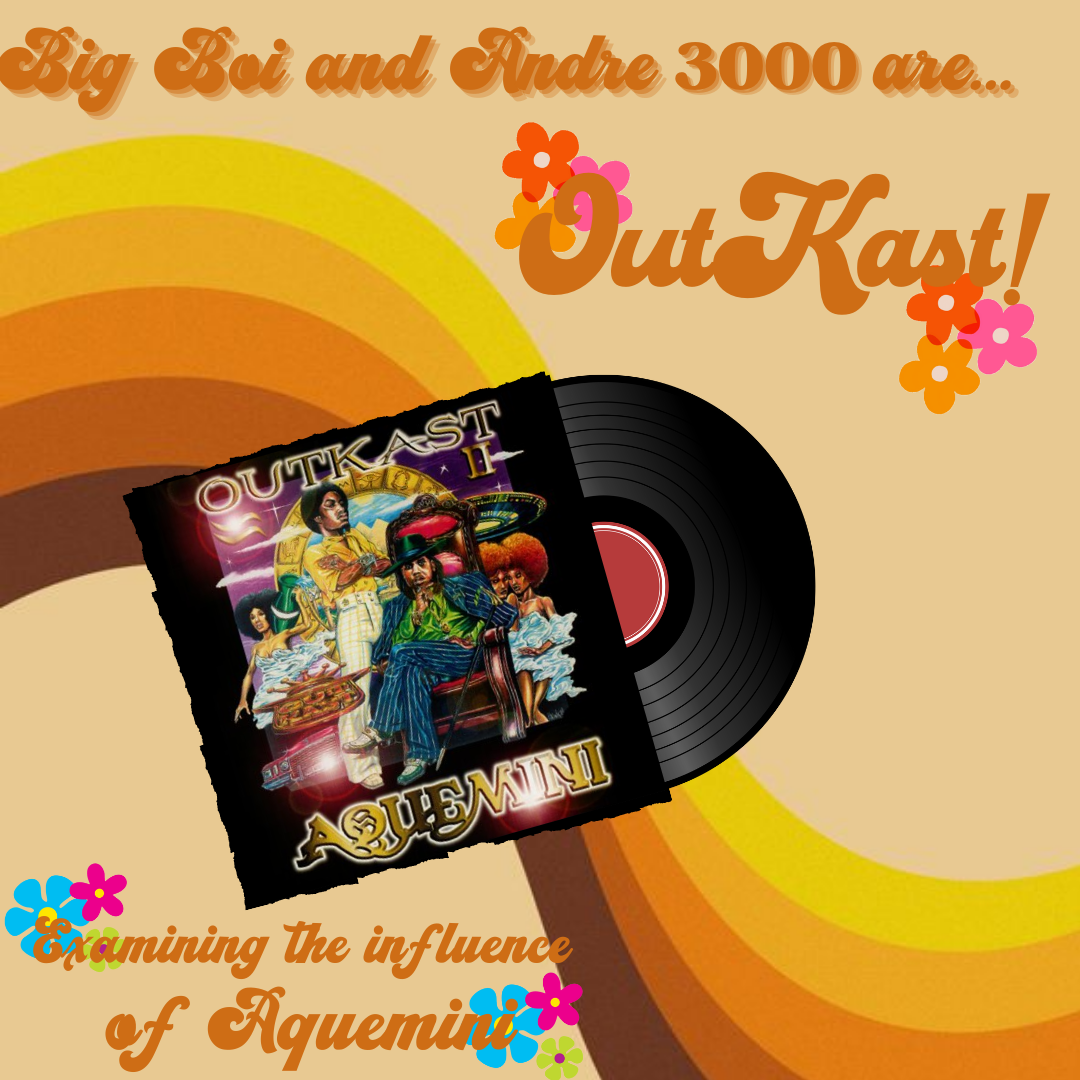An Exhibition in Consistency: Freddie Gibbs’ “SSS” meets expectations
by Luke Modugno
Artistic complacency is a term that has an unjustly poor connotation. When you’re as consistent and dependable as Freddie Gibbs, being smug and content about the prestige of your career is, really, quite easy.
Such is the story of Freddie Gibbs’ latest record $oul $old $eparately, as Gibbs revamps his signature blend of typically transcendent coke raps over avant-garde trap and alternate hip-hop production. However, the “Alfredo” follow-up is relatively unsurprising in both positive and negative aspects.
Few artists can match the album run Gibbs has produced in the time frame of 2014 through 2022. Crafting two classic records with help from hip-hop’s most fabled producer Madlib, receiving a Grammy nomination for his brilliant collaboration project with The Alchemist, Alfredo and delivering a steady supply of high-quality music in between, Gibbs is a well-oiled machine at the art of album curation.
While this record is a revisitation of the chemistry constructed between Gibbs, The Alchemist and Madlib, $oul $old $eparately opens the door behind-the-boards to some intriguing producers. James Blake, KAYTRANDA and DJ Dahi all bring their incredibly diverse sounds to this record, allowing Gibbs to tinker with the experimentation of his usual formula.
While Gibbs wanders outside his comfort zone for a portion of the record on tracks like “Dark Hearted,” Gibbs is simply a master of his craft and he utilizes that to generate the clear standouts of the track list.
“Blackest in the Room” is pushed along by a silky and luxurious Alchemist loop and accompanied by a beat switch that display Gibbs’ versatility as an emcee. Switching flows multiple times throughout the track, it seems almost too easy for Gibbs to craft intriguing and memorable verses. “Space Rabbit” and “PYS” featuring DJ Paul are aggressive trap bangers showcasing his dizzying flow and clever word play. Madlib provides an angelic horn loop for the closer “CIA,” recalling the same brilliance produced on “Gat Damn” off of 2019’s Bandana. All-in-all, $oul $old $eparately’s bright spots are a quality union of the works that have propelled Gibbs to rap prestige.
Following suit of the elite producer credits on this album, Gibbs’ recruits for $oul $old $eparately’s feature list don’t disappoint. Anderson .Paak’s suave graces “Feel No Pain” in his catchy hook joined by a Raekwon verse that harkens back to the excellence of his early Wu-Tang days. Pusha T adds to his catalogue of flawless features on Gold Rings, and Rick Ross easily blends with the opulence emitted from the production on “Lobster Omelette.”
While Gibbs’ usual subject matter, sonic aesthetic and technical superiority are all in attendance on $oul $old $eperately, it’s hard to overlook the fact that the record produces a mere iota of the grandness we’ve become accustomed to with new releases from Gibbs. In Layman’s terms, $oul $old $eperately is watered-down in some ways.
It’s not unfair to call $oul $old $eperately unambitious. We’ve grown accustomed to Gibbs dropping boundary-pushing art consistently. Records like Alfredo, Pinata and Bandana have placed the bar extraordinarily high for new releases from Gibbs, a bar that simply isn’t surpassed on $oul $old $eperately. Gibbs isn’t getting any more creative with his pen here, he isn’t flexing his vocal range as much as anticipated, and the beat selection, while admirable, isn’t unique to his catalog.
Instead, $oul $old $eparately is a victory lap for an artist who deserves all the flowery praise he receives. Speckled with intriguing and ear-catching tracks, this record is a microcosm of the successes Gibbs has enjoyed throughout his tenured career. Freddie Gibbs has nothing to prove, and still raps his weight in bricks on $oul $old $eparately.
Luke Modugno is the editor-in-chief.
Thanks for reading! Make sure to follow us on Instagram to stay up-to-date on all music news.



























